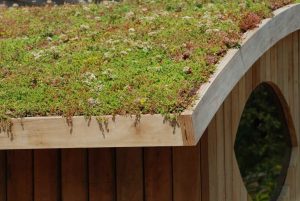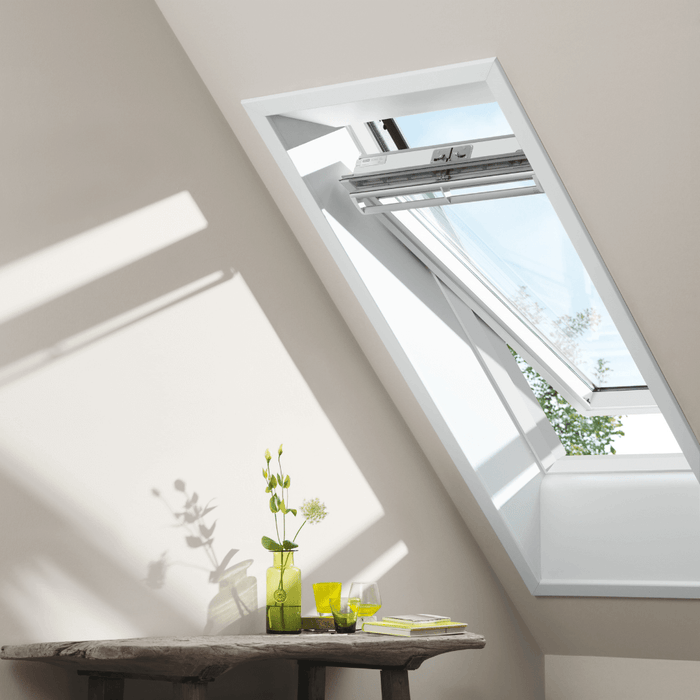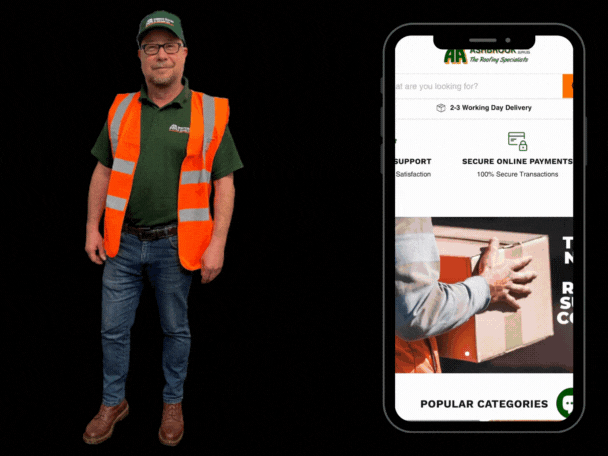A green roof isn't a new concept, but in recent times it has seen a resurgence of interest, as many building owners recognise the wide-ranging benefits to be gained. Global giants Google, for instance, have plans in place to create five green roof buildings out a total of nine being erected in California. As well as benefiting staff, Google recognises the importance green roofs have on biodiversity and the long-term consequences for the environment.
What Exactly is a Green Roof?
So, what exactly is a green roof? It's basically any type of roof structure onto which vegetation is grown. There are different types of green roof, and each roof will vary depending on the plants it has, the different habitats, its energy-saving potential, its capacity to store water and its drainage system.
Green roofs aren't laid down with soil, because this would prove too heavy, and would reduce water retention and aeration for plant roots. Instead, granulated clay or shale is commonly used. Compost and fertilizer are added to the plants.
Most green roofs to date have been constructed on commercial buildings rather than residential. However, there is no reason why homeowners could not opt for this structure, and an increasing number of people are taking advantages of the benefits to be gained from this type of roofing.

Why Have a Green Roof?
One of the biggest arguments for installing a green roof is that it is natural and sustainable. It has a positive impact on the environment and encourages a wide range of flora and fauna. It can improve air quality, both inside and outside the building.
In the summertime, the vegetation on the roof has the ability to reduce the temperature of it, thus keeping the building cooler. In hot climates, this means buildings don't need to be so reliant on air-conditioning. Vegetation on roofs can also prevent heat loss in the winter, insulating the building and saving on energy consumption.
A green roof is efficient at dealing with stormwater runoff, which reduces reliance on wastewater systems and sewers.
A green roof can last a long time - some experts claim over 50 years. If it is managed well, it also looks much more attractive than a traditional roof.

Things to Consider
If a green roof sounds a tempting concept, then there are a few things you should weigh up first.
- They aren't cheap to install, and currently, it's mainly commercial buildings that gain advantages most from savings and benefits, compared to residential.
- Many buildings may not be suitable for having a green roof installed, because of the extra weight involved. You will need to get an expert opinion from a structural engineer before going ahead.
- A green roof requires regular maintenance, so wouldn't be ideal for anyone who is not prepared to keep it well-managed. Even low-maintenance roofs will necessitate twice-yearly checks, at the least.
- More intensive green roofs may need checking weekly. You will also need to ensure you have adequate access to gain entry to the roof.
You may also like:












